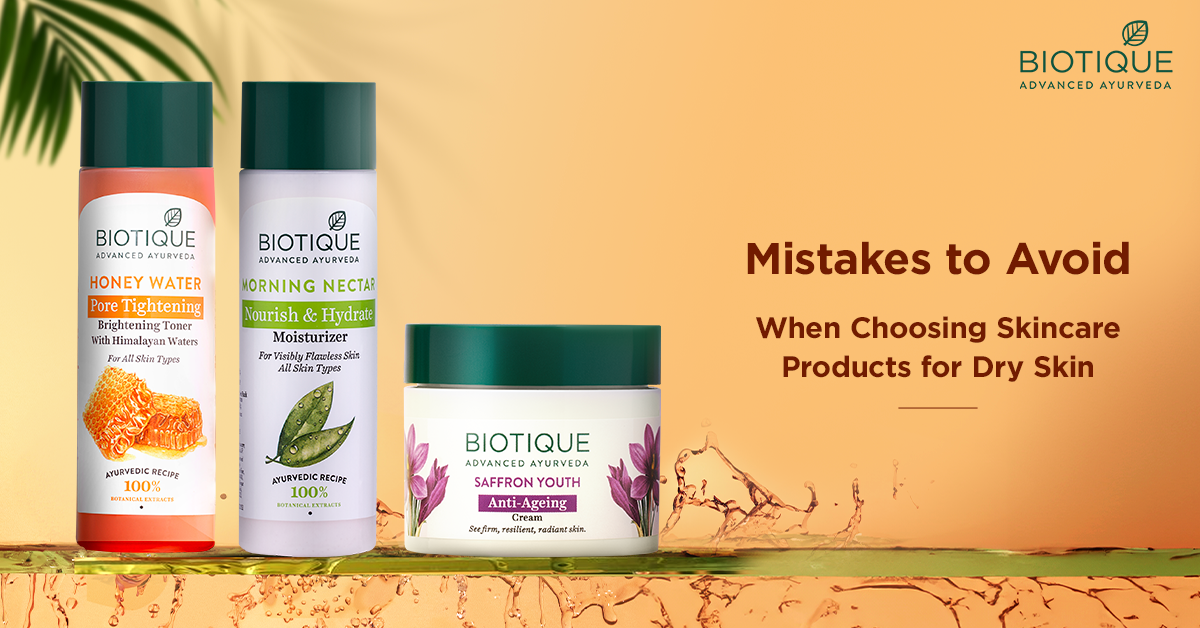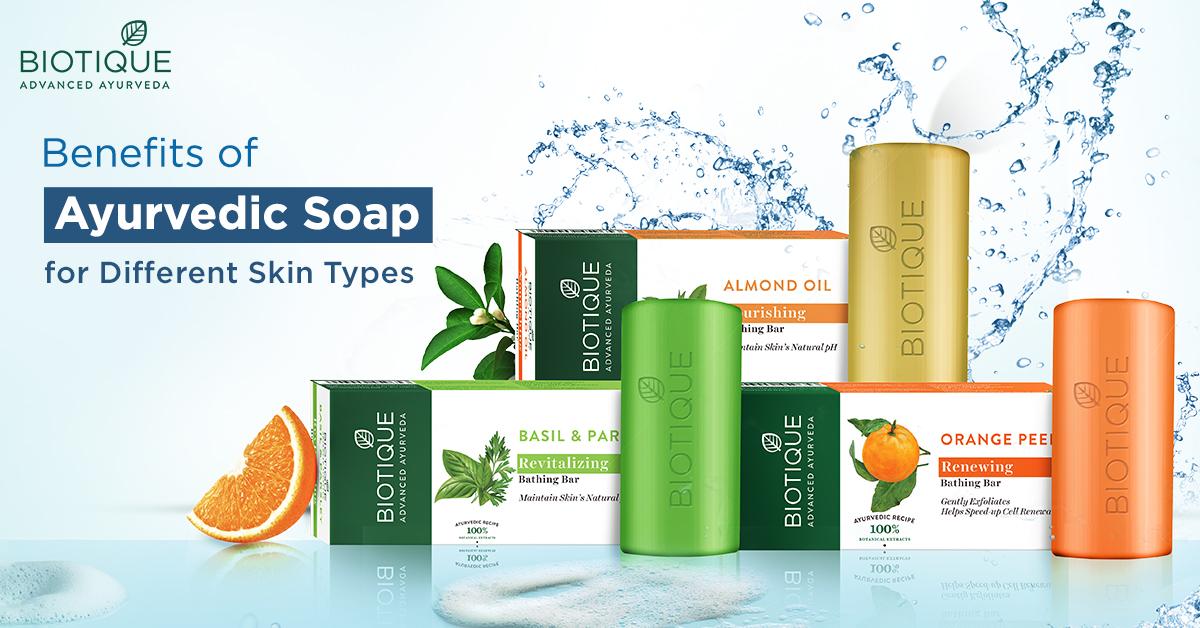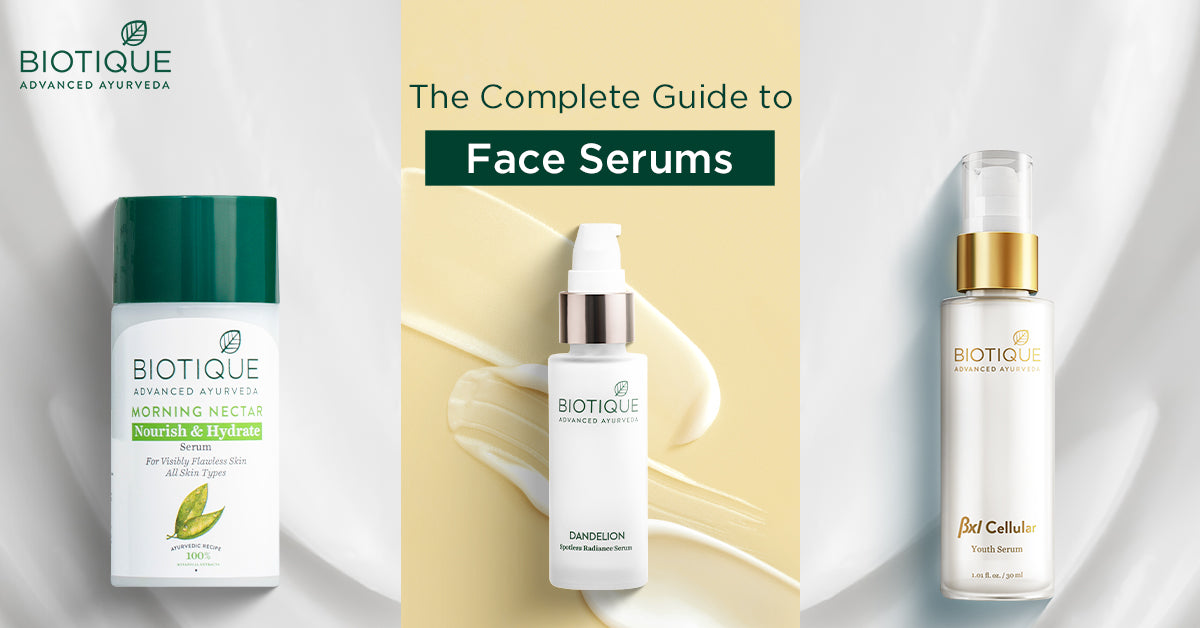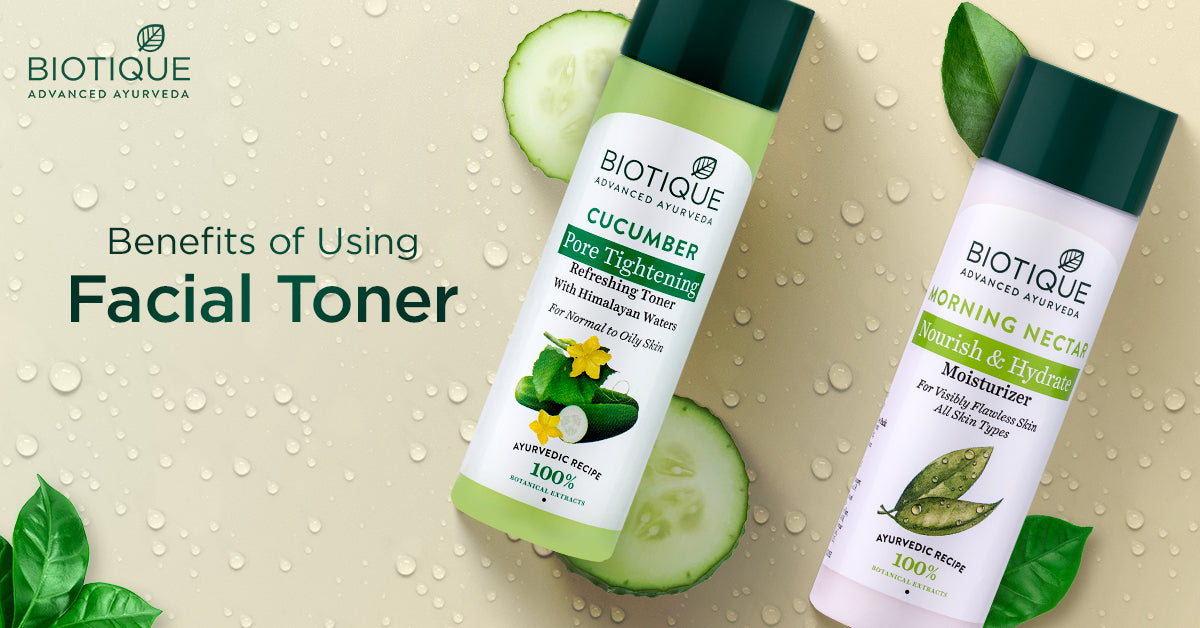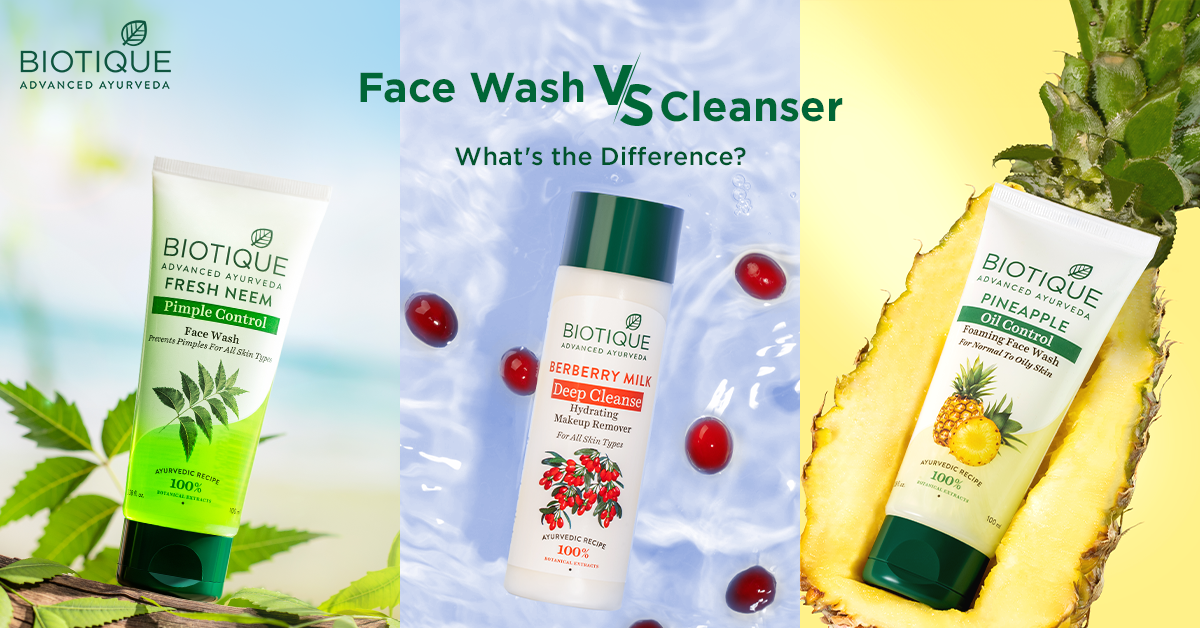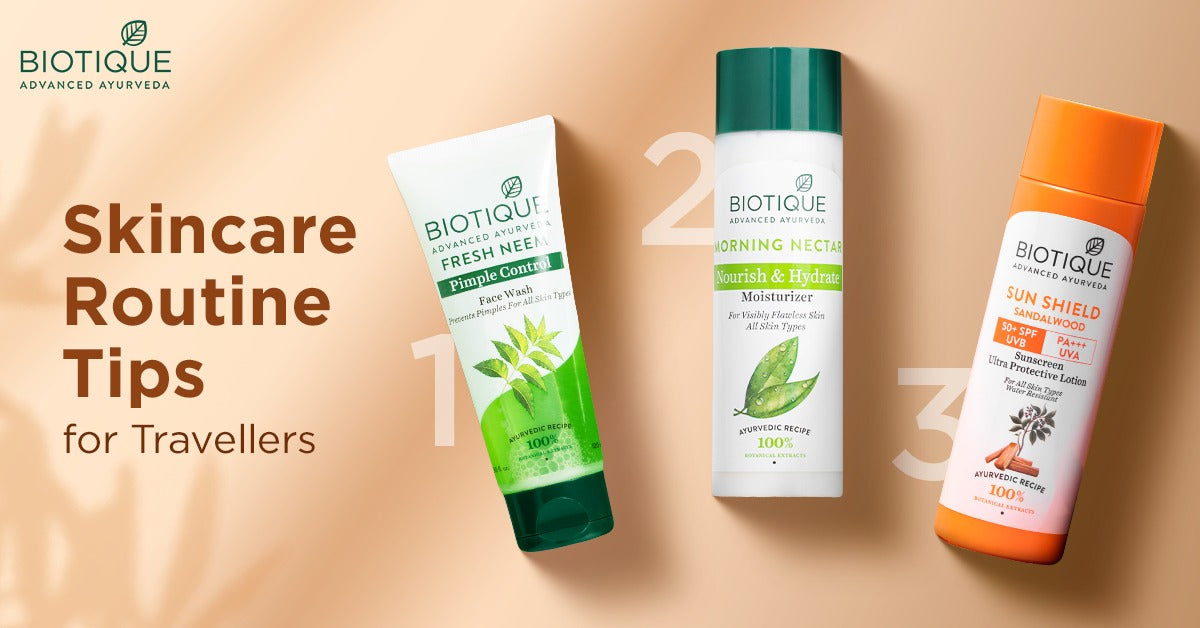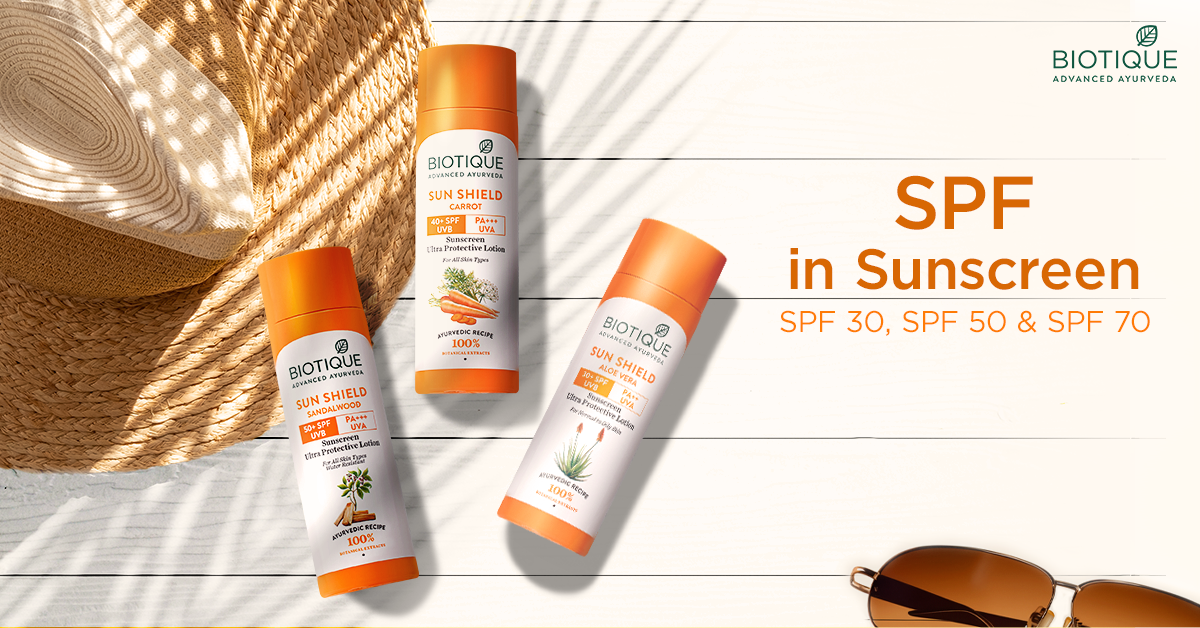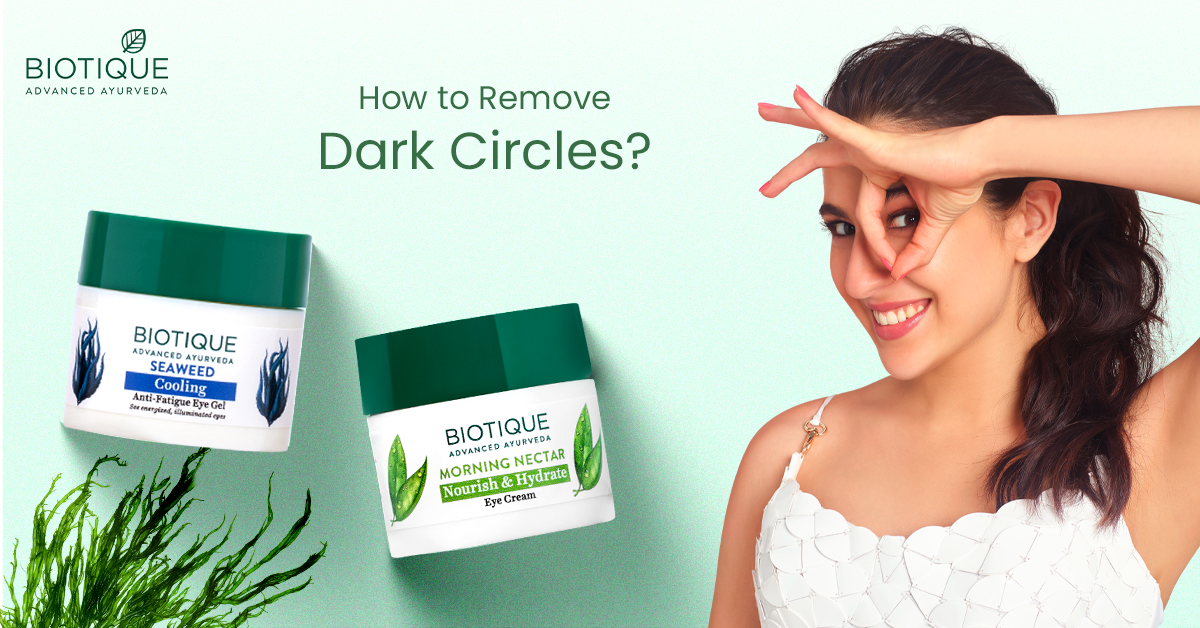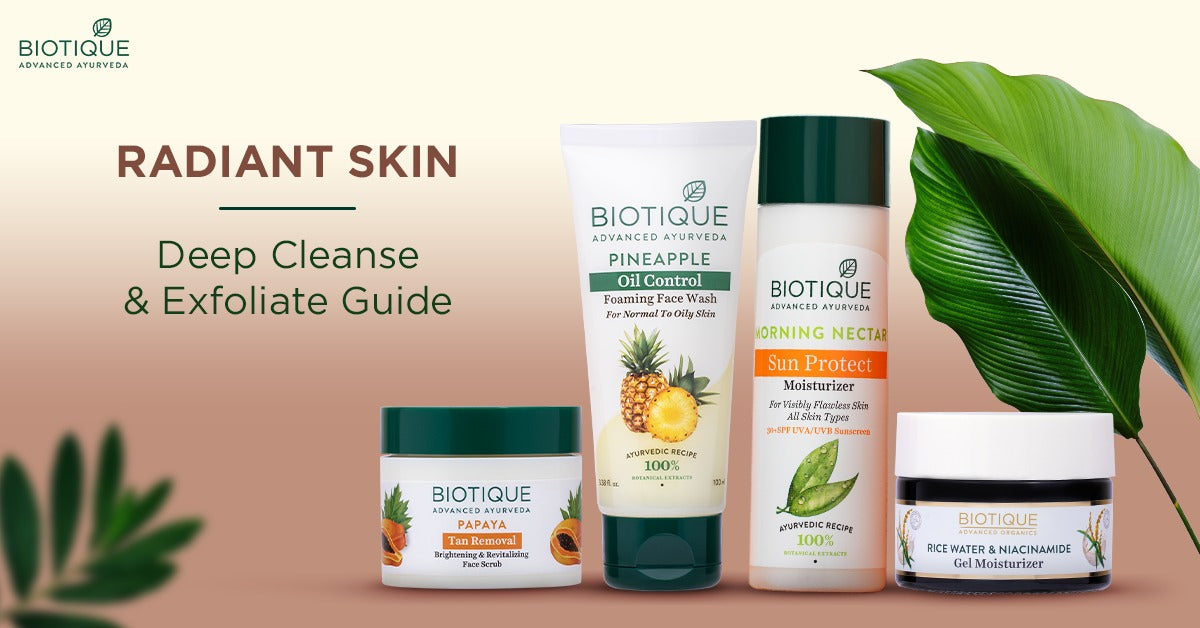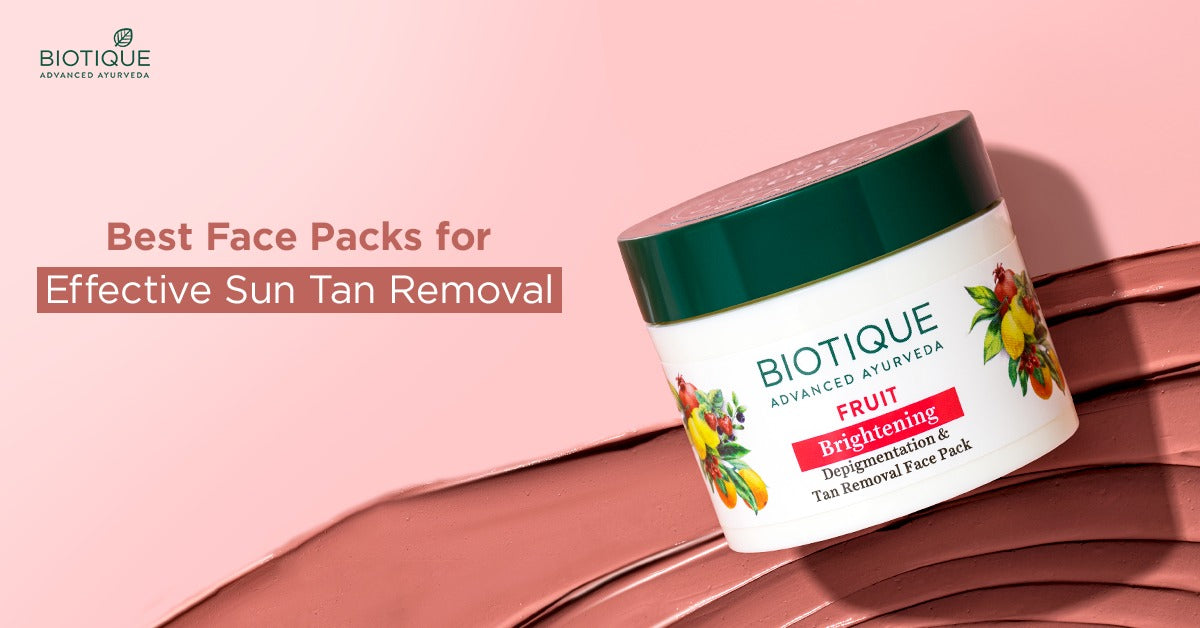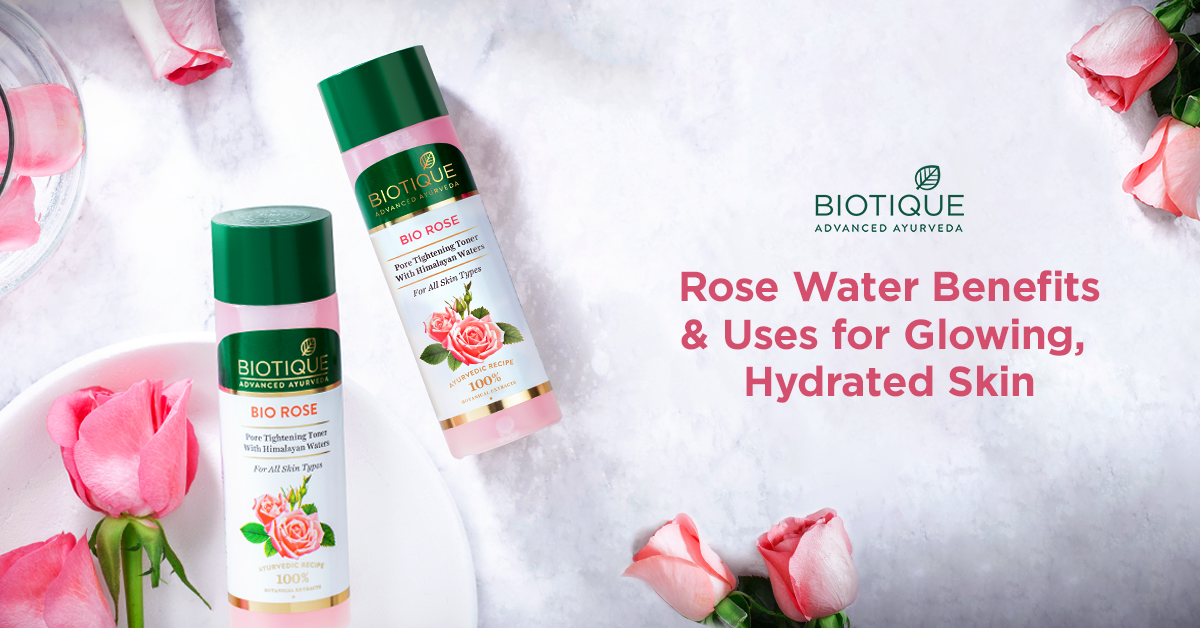If you’ve ever wondered whether face moisturizer should go first or sunscreen should go first in your skincare routine, you’re not alone. This is one of the most searched topics in skincare—and for good reason.
Both a face moisturizer and sunscreen are essential, but using them in the right order determines how well they work.
This guide breaks down what each product does, why layering matters, and how to build a simple routine that gives you maximum hydration and UV protection.
What a Face Moisturizer Really Does & Why It Matters
A face moisturizer is a skincare product designed to keep your skin hydrated, nourished, and protected. Whether you have dry, oily, combination, or sensitive skin, your skin loses moisture throughout the day due to cleansing, weather changes, indoor environments, and exposure to pollutants.
This becomes even more important during winter, when cold air and low humidity pull moisture out of your skin faster. That’s why applying a face moisturizer becomes a non-negotiable part of skincare, especially in colder months when dryness and flakiness increase.
Why You Need a Face Moisturizer Daily
A good face moisturizer:
-
Prevents dryness and roughness
-
Strengthens the skin barrier
-
Smooths texture and improves elasticity
-
Reduces discomfort after cleansing
-
Creates a softer, plumper look
-
Helps makeup blend better
-
Protects skin from winter-induced dehydration and tightness
-
Shields against harsh winds that strip natural oils
Even if you use the best face wash, your skin may feel tight or dehydrated afterward. A face moisturizer restores lost hydration and provides a comfort layer—something your skin needs even more during winter.
Common Types of Moisturizers
-
Gel moisturizers → lightweight, absorbs quickly, perfect for humid climates
-
Cream moisturizers → rich and deeply nourishing for dry or winter-stressed skin
-
Lotion moisturizers → balanced formulas for normal to combination skin
-
Moisturizers with active ingredients → hyaluronic acid, niacinamide, ceramides, peptides
If you're building a winter routine, choosing a cream-based moisturizer or a formula with ceramides is especially helpful for locking in moisture.
What Sunscreen Actually Does & Why You Need It Every Day
A sunscreen protects your skin from harmful ultraviolet (UV) rays—even in winter. UV exposure doesn’t disappear in cold seasons; in fact, UVA rays that cause pigmentation and aging remain constant throughout the year.
Why Sunscreen Is Important
Daily sunscreen helps prevent:
-
UV damage
-
Premature aging
-
Pigmentation and dark spots
-
Tanning
-
Uneven skin tone
-
Sunburn
-
Long-term irreversible concerns
Using the best sunscreen daily is scientifically proven to keep your skin looking youthful and healthy.
Types of Sunscreens
-
Chemical sunscreen – absorbs UV rays
-
Mineral sunscreen – reflects UV rays
-
Hybrid sunscreen – combines both
No matter which type you choose, look for:
-
SPF 30 or higher
-
Broad-spectrum protection (UVA + UVB)
-
Non-greasy, lightweight texture
-
Water-resistant if outdoors
Correct Order of Skincare: How to Layer Face Moisturizer & Sunscreen
To get the most out of your routine, it’s crucial to apply your skincare in the correct order. Layering wrong can reduce effectiveness.
Here’s the ideal morning routine:
Step 1: Cleanse With the Face Wash
Start with clean skin. The best face wash removes dirt, sweat, oil, and impurities so your skin can absorb your next products better.
Step 2: Apply Serum (Optional)
Serums target specific concerns: vitamin C (brightening), hyaluronic acid (hydration), niacinamide (pore-care).
Step 3: Apply Your Face Moisturizer
Your face moisturizer helps lock in hydration and creates a smooth canvas.
Step 4: Finish With Sunscreen
The sunscreen should always be the last product in your skincare routine.
This layering ensures:
-
Moisturizer hydrates from within
-
Sunscreen forms a protective shield
-
No dilution of SPF
-
No interference with active ingredients
Face Moisturizer First or Sunscreen First? Here’s the Clear Answer
Always apply face moisturizer first and sunscreen last.
Why Moisturizer Goes First
-
It hydrates the skin
-
Helps repair the skin barrier
-
Prevents dryness and irritation
-
Makes sunscreen easier to spread
-
Creates an even base for the SPF layer
Why Sunscreen Must Be the Last Layer
Sunscreen forms a protective coating that blocks UV rays. If applied under a moisturizer:
-
The SPF gets diluted
-
The UV protection weakens
-
The formula fails to form a uniform shield
What Happens When You Reverse the Order
-
Moisturizer sits on top of SPF → reducing protection
-
Sunscreen does not bind to skin properly
-
You end up more prone to pigmentation and tanning
How Long Should You Wait Between Moisturizer and Sunscreen?
For best results, wait 1–2 minutes after applying your face moisturizer before applying sunscreen.
Why this waiting time is important:
-
Moisturizer absorbs fully
-
Prevents product pilling
-
Allows sunscreen to spread evenly
-
Ensures SPF layer stays intact
-
Helps sunscreen bind to the skin surface
If you’re rushing, wait at least 30 seconds, but 1–2 minutes is ideal.
How to Apply Sunscreen Correctly
-
Use two fingers’ length of product for face + neck
-
Apply 15 minutes before sun exposure
-
Reapply every 2–3 hours if outdoors
-
Do not rub aggressively—press and spread gently
Final Takeaway: The Correct Way to Use Face Moisturizer & Sunscreen Daily
Both face moisturizer and sunscreen are essential steps in skincare. They do completely different jobs—one hydrates, the other protects—but together, they keep your skin healthy, smooth, and youthful.
The golden rule: Face Moisturizer First → Sunscreen Last
In winter, your skin needs extra moisture, so choosing a nourishing moisturizer and applying it consistently becomes even more important. It creates the perfect base for sunscreen and keeps your skin soft, hydrated, and protected throughout the day.

















